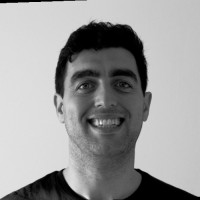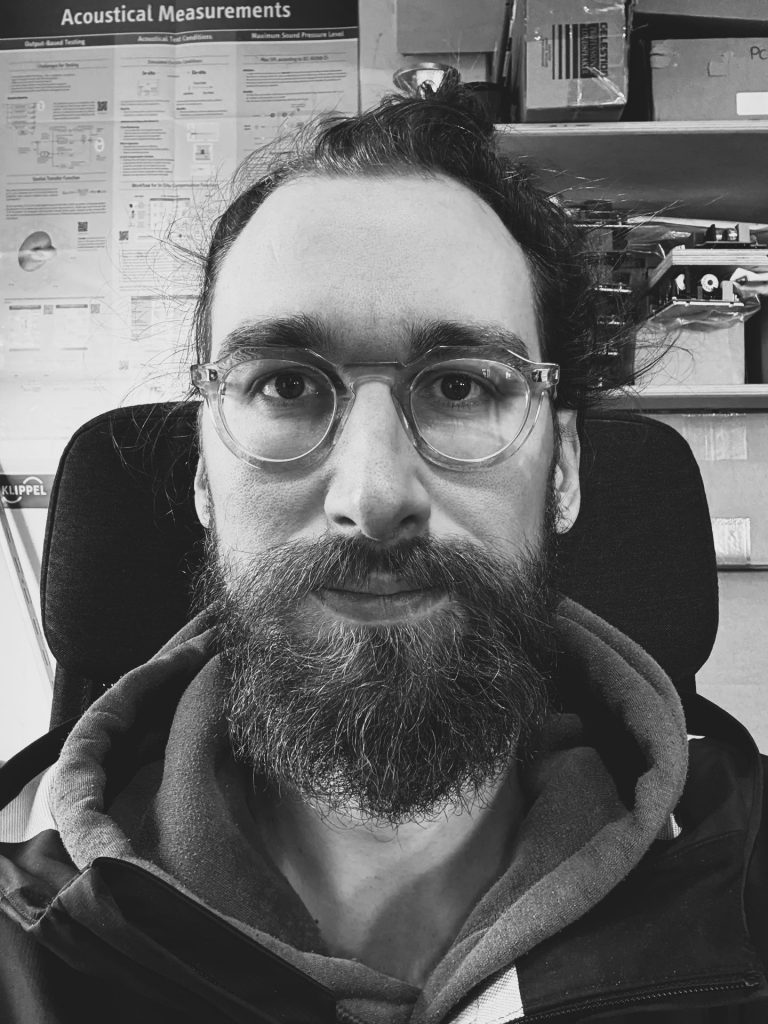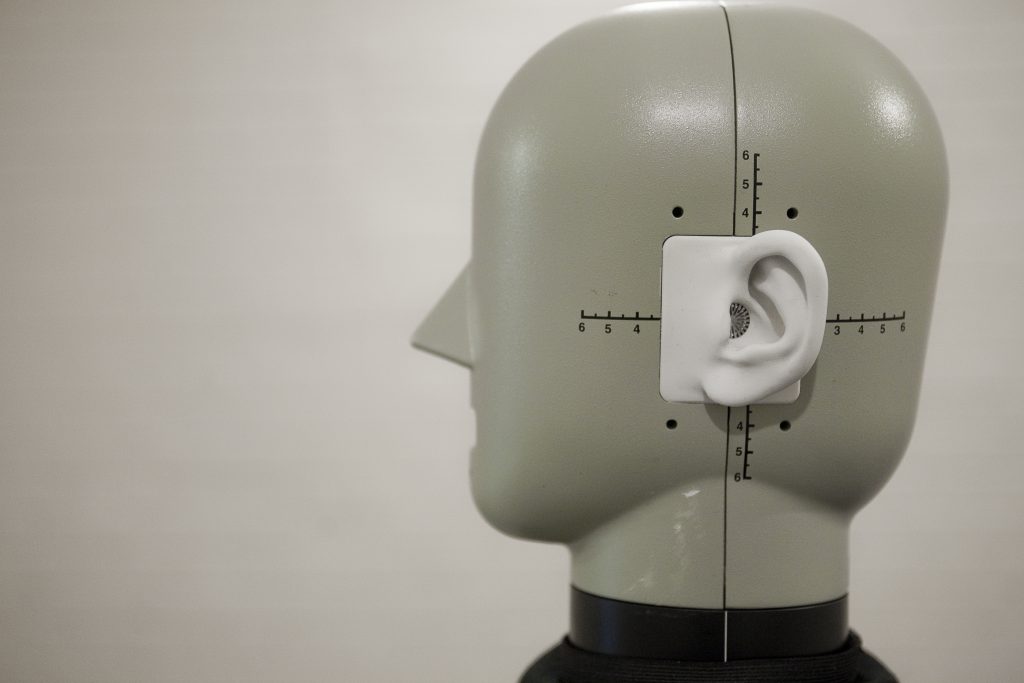This seminar will present two talks from two of our PhD students that were presented last week in London at the AES International Conference on Artificial Intelligence and Machine Learning for Audio.
Speakers: Carlo Bolla (UoS), James Hipperson (UoS / Funktion One)
Fri 19th September 2025 12:00 – 13:00 UK time. This seminar will be held in person in Peel 107 and you can join us online via Microsoft Teams.

A Machine Learning Approach to Modal Control in Small Rooms
Carlo Bolla
Reducing the decay time of low-frequency resonances in small rooms remains a critical challenge in audio engineering, as these resonances can degrade sound quality, leading to a “boomy” or “muddy” audio experience. Traditional equalization methods, while effective in certain contexts, rely heavily on static equalization filters, making them suboptimal for complex scenarios. This paper explores a novel machine learning-based approach to suppress low-frequency resonances by leveraging a modified Wave-U-Net architecture. The model incorporates psychoacoustic principles, specifically perceptual modal thresholds, to ensure that resonance suppression is guided by human auditory perception while preserving the natural characteristics of the audio. A large dataset of synthetic Room Impulse Responses was generated using a physically informed parametric model for cuboid rooms with randomized dimensions and absorption profiles. The model was trained on amplitude-modulated white noise bursts to simulate broadband excitation. Evaluation on unseen synthetic data demonstrates effective suppression of low-frequency resonances below perceptual thresholds. Limitations in generalization are discussed, along with future directions that include retraining on musical stimuli and incorporating perceptual loss metrics.

Simulation 3D Acoustic Radiation and Scattering in the Frequency Domain with Fourier Neural Operators
James Hipperson
Acoustic wave behaviour is described by the acoustic wave equation, which is a partial differential equation (PDE). PDEs are difficult to solve except for in the simplest cases, which necessitate the use of simplified models (such as geometric approaches) or numerical methods (such as Finite Element) for real-world applications like room acoustics and loudspeaker radiation. Neural Operators are an emerging class of deep learning architectures that learn to approximate a solution to a PDE. Fourier Neural Operators (FNOs) project input functions onto Fourier modes, and parametrise the kernel operator in Fourier space. Learning the underlying acoustic physics should make models more generalisable and accurate, compared to a traditional data–to-data approach. However, a large amount of data is still required, and the training process can be challenging. In this paper, a U-shaped Fourier Neural Operator (U-NO or FNO) is used to solve the 3D Helmholtz Equation in air with pairs of simplified loudspeakers (radiating solid cubes). The network is able to learn wave behaviour with varying accuracy across a range of frequencies, ranging from 0.87 dB Mean Absolute Error (MAE) at 500 Hz to 5.35dB at 4 kHz. Once trained, inference is 15 to 3000 times faster than the Boundary Element Method (BEM). Although still at an early stage of development, Neural Operators show significant potential for a wide range of simulation applications.
